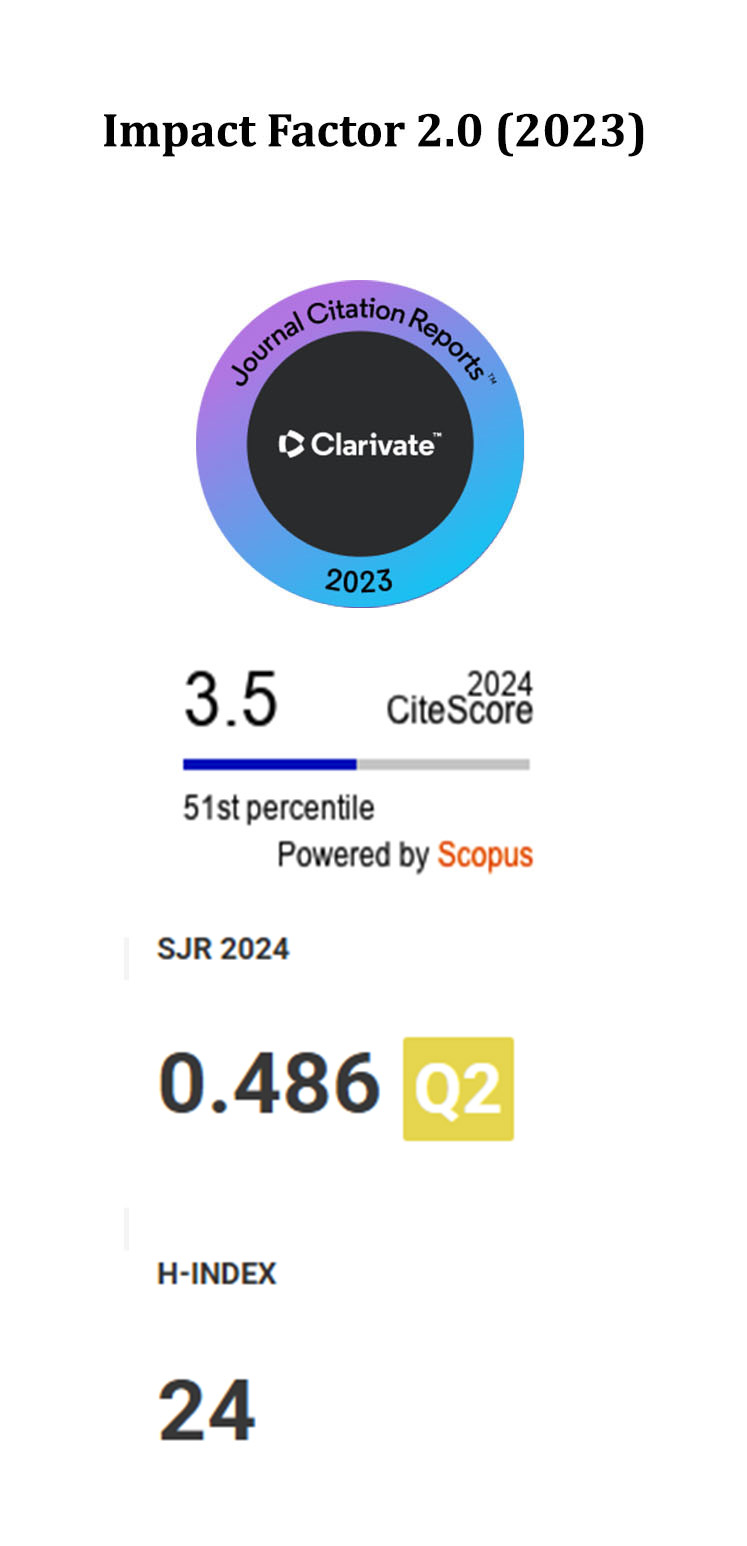MEMatch: A Semi-supervised Cardiac MRI Segmentation Method Guided by Entropy and Multi-scale Joint Strong-weak Consistency
DOI:
https://doi.org/10.5755/j01.itc.54.3.38178Keywords:
Cardiac MRI, Semi-supervised segmentation, Strong-weak consistency, Entropy minimizationAbstract
Cardiac magnetic resonance imaging (cardiac MRI) is a very powerful tool for the diagnosis of cardiovascular disease. Accurate automated segmentation of cardiac MRI can enhance clinical diagnostic efficiency. While supervised cardiac MRI segmentation methods have achieved brilliant achievements, they mostly rely on an enormous quantity of labeled samples, which is extremely challenging and expensive to acquire. To alleviate the challenge of manual annotation, semi-supervised based methods offer an effective solution. Despite some progress in semi-supervised segmentation for cardiac MRI, there remains a gap in clinical application and accuracy needs further improvement. This paper proposes MEMatch, a novel semi-supervised cardiac MRI segmentation method. MEMatch introduces multi-scale joint strong-weak consistency, which applies strong-weak consistency to the prediction results of multiple scales of the network, to more fully utilize the discrepancy between the outputs of different scales of the same network. Additionally, entropy minimization is applied to the average prediction of multiple scales, which enforces the average prediction to generate high-confidence predictions and further reduces the discrepancy among the prediction results from different scales. As demonstrated by the experimental results, utilizing only 3 labeled samples, the proposal improves Dice and Jaccard scores by 1.48%/0.17% and 2.15%/0.25%, respectively, compared to optimal performances of other methods on the ACDC/LA dataset. The experimental results on 2D and 3D segmentation illuminate the effectiveness and superiority of our method in various semi-supervised settings compared to state-of-the-art techniques.
Downloads
Published
Issue
Section
License
Copyright terms are indicated in the Republic of Lithuania Law on Copyright and Related Rights, Articles 4-37.




